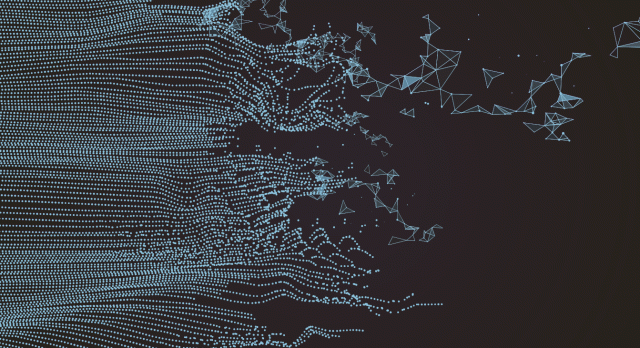Advanced methods in cognitive neuroscience

Advanced methods in cognitive neuroscience
Developing and refining new brain imaging methods and techniques is critical to addressing outstanding scientific questions on brain function and structure. Methodological advances are crucial not only for answering specific research questions, but also because they can boost the transfer and application of knowledge and improve medical and educational outcomes. We conduct new research in four main directions: novel procedures for cleaning data; empowering data analyses by employing advanced signal processing and machine learning techniques; quantification of fMRI activation patterns; and developing innovative neurofeedback EEG and fMRI protocols.
We investigate novel procedures for cleaning data as part of the fMRI preprocessing pipeline. We are developing new denoising algorithms that utilize the phase of the complex MRI signal to reduce the contribution from large vessels, thus improving localization of the origin of neuronal activity and accounting for potential confounding vascular effects. This is particularly relevant in the case of brain tumours and stroke which lead to alterations in neurovascular coupling. Furthermore, we are implementing new signal processing algorithms based on tensor decomposition and low rank methods for multi-echo fMRI acquisitions that improve the separation of neurobiologically relevant signal fluctuations from systematic artefacts and physiological noise. These algorithms are based on principles grounded in physics and physiology.
We empower data analyses by employing advanced signal processing and machine learning techniques. We explore new ways to investigate the interactions between brain regions using functional or effective connectivity methods based on time-frequency resolved measures, in the case of electrophysiological data, or based on the neuronal-related signals underlying hemodynamic fluctuations after deconvolution, in the case of fMRI data. In addition, we are developing new tools based on advanced machine learning algorithms, such as neural networks and sparsity-based statistical methods, for the purpose of multivariate spatio-temporal classification and exploration of brain imaging data. In addition, we also are formulating new techniques to investigate brain function while subjects are involved in experiments on human verbal communication in hyperscanning sessions. These techniques are based on the entrainment of electrophysiological signals in M/EEG or the synchrony of hemodynamic signals in fMRI or fNIRS.
We pursue research on the quantification of functional brain activation patterns. Going beyond conventional fMRI methods, which generally aim to map brain activity without using quantifiable units, we are designing new MR pulse sequences and implementing novel paradigms for calibrated fMRI that can obtain accurate quantifiable estimates for the cerebral metabolic rate of oxygen (CMRO2), a closer proxy of the metabolic processes associated with neuronal activation, from simultaneous acquisition of arterial spin labelling (i.e. cerebral blood flow) and blood-oxygenated level-dependent (BOLD) data.
Finally, we are implementing innovative neurofeedback EEG and fMRI protocols as a tool to improve learning, plasticity and language abilities (e.g. speech intelligibility). We explore neural entrainment from EEG data and decoding from real-time fMRI data, with a view to giving participants brain-related feedback that will help them promote the requisite brain states.









